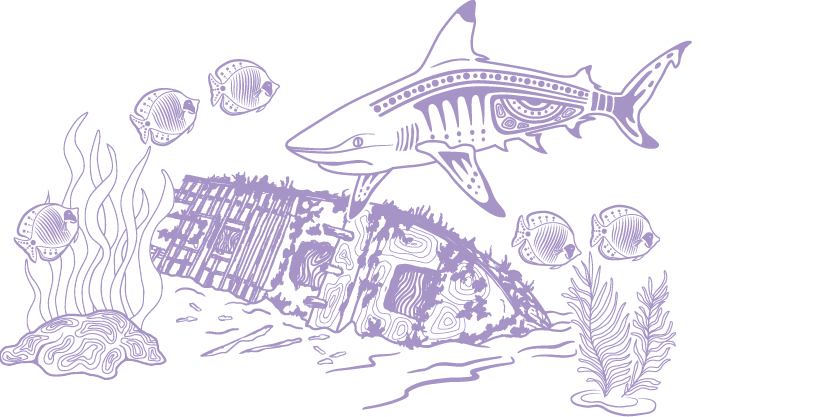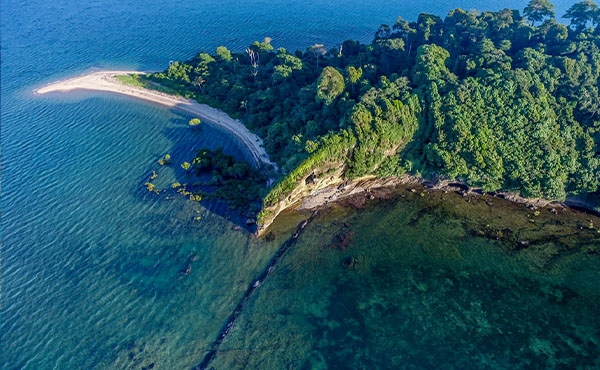Grading statements — Natural heritage values — world heritage value and national heritage value
All elements necessary to maintain the outstanding universal value are essentially intact and their overall condition is stable or improving. Available evidence indicates only minor, if any, disturbance to this element of outstanding universal value.
Some loss or alteration of the elements necessary to maintain the outstanding universal value has occurred, but their overall condition is not causing persistent or substantial effects on this element of outstanding universal value.
Loss or alteration of many elements necessary to maintain outstanding universal value has occurred, which is leading to a significant reduction in this element of outstanding universal value.
Loss or alteration of most elements necessary to maintain the outstanding universal value has occurred, causing a major loss of outstanding universal value.
or
Borderline Indicates where a component or criterion is considered close to satisfying the adjacent grading statement.
Confidence
Adequate high-quality evidence and high level of consensus
Limited evidence or limited consensus
Inferred, very limited evidence
The Reef’s world heritage and national heritage value represents the outstanding universal value of the Region. Outstanding universal value remains; however, the grade is borderline with poor because the condition of the property has deteriorated to varying extents with respect to criteria vii, viii, ix and x. While the property remains whole and intact, ecosystem resilience is deteriorating and the property’s size is becoming less effective as a buffer against these disturbances.
Taken as a whole, the Region’s natural beauty and natural phenomena endures. Iconic species, such as humpback whales, show signs of recovery but some land and seascapes have deteriorated. Some species and populations of marine turtles, southern regions of seagrass meadows, and potentially coral diversity in some locations have declined since 2019, resulting in the condition of this component being good borderline poor. Much of the evidence is inferred from the assessments in Chapters 2 and 3.
The modern Great Barrier Reef remains a rich geological repository for records of the Earth’s recent evolutionary history. Understanding of this history has continued to advance since 2019. Over the coming century, the geomorphological resilience of coral reefs will be under increasing pressure due to rising sea temperatures and ocean acidification. Despite the broader trajectory toward degradation, key processes have remained stable since 2019.
At a Region-wide scale, ecosystem processes continue to function, and many remain stable since 2019. Overall, the size and diversity of the property means many processes show no consistent trend (e.g. recruitment, predation, particle feeding).
While the condition of some values has shown improvement, others have declined since 2019. The size of the property continues to buffer the effects of human-induced climate change, but scale is not an infinite buffer to persistent broadscale impacts to the Region.
While the property remains whole and intact, the condition of many elements that make up the four natural world heritage criteria continue to be a concern. Overall, the Reef’s processes and habitats have remained stable, and aesthetics remain good and stable. However, some decline in safeguards has occurred related to how well aspects of some external factors influencing the Region (coastal development and land-based runoff) are managed. The effectiveness of managing for climate change has generally increased, albeit remaining partially effective.
This component has been absorbed into the assessment of the processes and habitats criteria.


